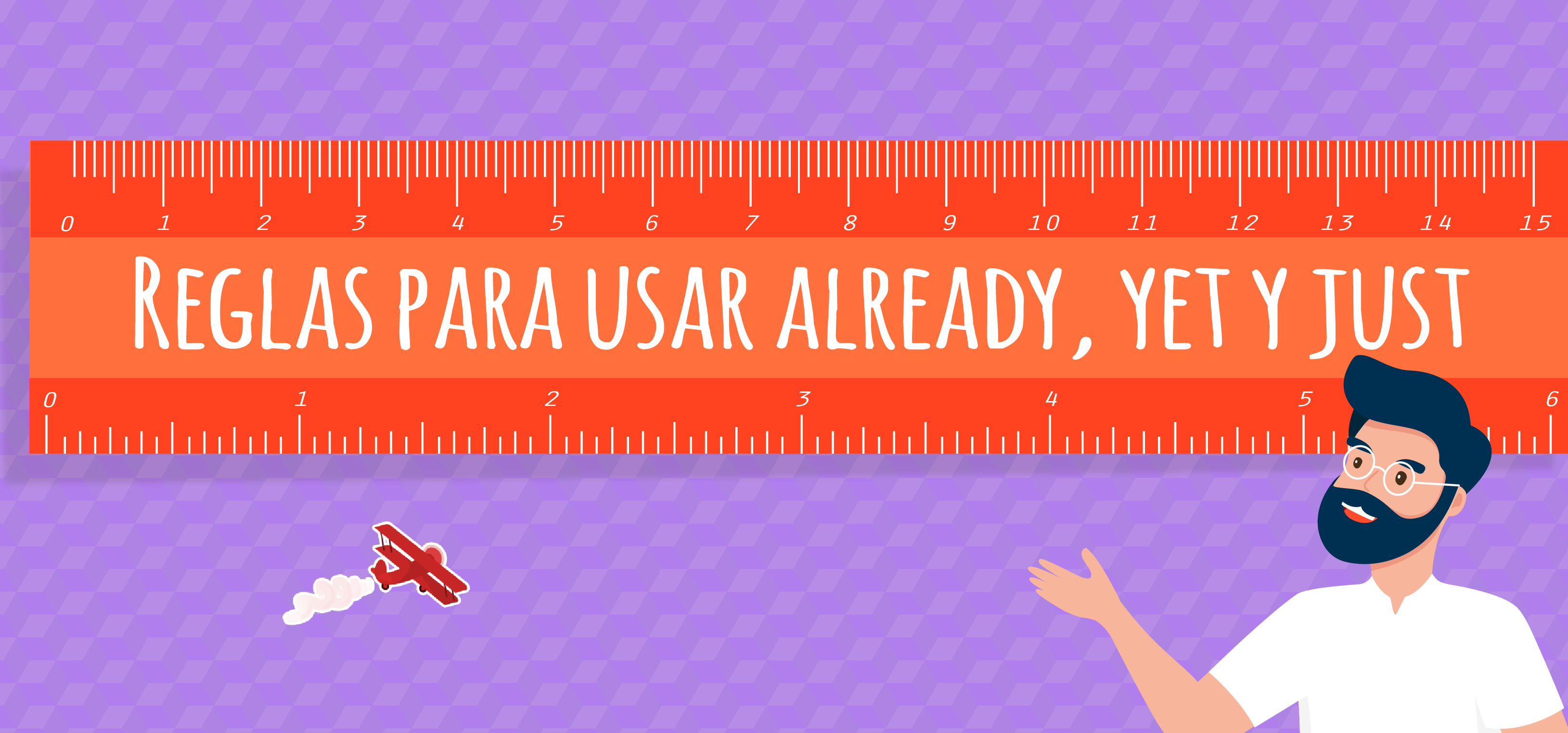
PRESENT SIMPLE Vs PRESENT CONTINUOUS
PRESENT SIMPLE is used to talk about habitual actions or occurrences.
Ex. Pauline practices the piano every day. Ms. Jackson travels during the summer. Hamsters run all night.
In the PRESENT SIMPLE, most regular verbs use the root form, except in the third-person singular (which ends in -s). For a few verbs, the third-person singular ends with -es instead of -s. Typically, these are verbs whose root form ends in o, ch, sh, th, ss, gh, or z.
The formula for making a simple present verb negative is do/does + not + [root form of verb]. You can also use the contraction don’t or doesn’t instead of do not or does not.
Ex. Pauline does not want to share the pie. She doesn’t think there is enough to go around. Her friends do not agree. I don’t want pie anyway.
To make the verb to be negative, the formula is [to be] + not.
Ex. I am not a pie lover, but Pauline sure is. You aren’t ready for such delicious pie.
The formula for asking a question in the simple present is do/does + [subject] + [root form of verb].
Ex. Do you know how to bake a pie? How much does Pauline love pie?
PRESENT SIMPLE VIDEO: https://www.youtube.com/watch?v=FWJRwasIWnM

PRESENT SIMPLE
GAMES
To practise the present simple and the vocabulary unit click on "WEARING" on the following link
Live worksheets
Present Simple vs Present Continuous 1
Present Simple vs Present Continuous 2

Here you have the grammar and the vocabulary for the second exam of English. Don't forget to study the irregular verbs list, too!
VOCABULARY:
GRAMMAR:
PRONUNCIATION OF -ed
LIVE WORKSHEETS


OBJECTS AND PLACES IN THE CITY

THINGS TO DO IN THE CITY






GRAMMAR
PAST CONTINUOUS


PAST SIMPLE versus PAST CONTINUOUS
PAST SIMPLE: is used to talk about a situation which is finished.
Example: I ate a salad for lunch. This means that I have finished eating it; I'm not eating it anymore.
PAST CONTINUOUS: is used to express a situation in the past which continued for some time.
Example: I was sleeping on my sofa. This means that I spent some time sleeping in my sofa. It was not a short action.
Read this explanation to help you understand it.

You can practice this doing these exercises. They are lots of fun!

Test yourself by using these exercises
Download this worksheet to revise Past Simple and Past Continuous.
INTERACTIVE GAMES PAST SIMPLE Vs. PAST CONTINUOUS: https://www.eslgamesplus.com/past-progressive-past-continuous-past-simple-verb-tenses-esl-grammar-interactive-activity/
PAST CONTINUOUS
First of all, you should revise the previous tense that we studied, the Present Continuous.
If you are sure that you really understood it, start reading and learning about Past Continuous.

Past Continuous is used to express that a long action in the past was interrupted.
Example: "I was studying in my bedroom WHEN my dog barked".
To know more about Past Continuous click on this image:

Click on this image to watch a video and work on Past Continuous!!!
Click to practise :)
Activity 1
Activity 2
VIDEOS
Past Continuous, Structure and some Exercises.
LIVE WORKSHEETS
Vocabulario
Juego interactivo vocabulario

Write the words to complete the corssword.
Visitar
Match the words to the images.
Visitar
Find the words related to technology.
VisitarPara que lo entiendas mejor
El zero conditional inglés
Este tipo de condicional lo usaremos en situaciones en las que si se cumple una condición, siempre se da un mismo resultado. Es decir, se trata de un tipo de condicional que se utiliza para:
- Expresar una relación de causa-efecto en los hechos que siempre son verdaderos (hechos científicos, hechos particulares, etc.);
- Para dar instrucciones.
Fíjate en el siguiente ejemplo:
If you get a virus, call the IT specialist.
La estructura del zero conditional:
Ya sabes que los condicionales son oraciones compuestas por dos frases. Exactamente, el zero conditional tiene la siguiente estructura concreta:
- If + sujeto + present simple, sujeto + present simple
El orden de las dos frases que componen la estructura del condicional se puede cambiar, con eso no tienes problema; pero recuerda que si la frase con if va en segundo lugar, delante no se pone la coma.
- If water reaches 100ºC, it boils.
- Si el agua llega a 100ºC, hierve.
Sin embargo, también te lo puedes encontrar con esta otra estructura: if…then…, si… entonces…
Ejemplo:
If you don´t study, then you fail.
¿Cuando se usa el zero conditional?
El zero conditional se utiliza para expresar hechos que siempre son verdaderos como, por ejemplo, hechos científicos, leyes científicas, verdades generales, etc. Algo que sabemos que es real y que va a pasar seguro. Fíjate en el siguiente ejmplo:
- You get orange if you mix red and yellow.
Además, el zero conditional también se puede utilizar para dar instrucciones. En este caso concreto utilizaremos un imperativo para expresar la advertencia. Mira el ejemplo:
- Don’t open the door if someone knocks.
Solo en este condicional podemos sustituir if por when sin cambiar el sentido de la frase. Fíjate en el siguiente ejemplo:
- If you heat ice, it melts.
En la siguiente tabla tienes el recopilatorio para que no se te olvide, aunque verás que es bien sencillo:
| Usos | Ejemplos |
| Hechos verdaderos: leyes científicas, verdades generales…: | If my dog sees the postman, he barks. |
| Dar instrucciones: | If it rains, don’t go to the playground. |
HAVE TO / DON'T HAVE TO
LIVEWORKSHEETS
ZERO CONDITIONAL
Watch the video from minute 2:15 ⇓
Modal verbs of deduction explanation ⇓
LIVEWORKSHEETS
Ficheros adicionales

liveworksheets
Present Simple vs Present Perfect I
Present Simple vs Present Perfect II
Past Simple vs Present Perfect III
Present Simple vs Present Perfect IV
Ficheros adicionales

A menudo se usan los adverbios «already”, “just” y “yet” con el presente perfecto porque están relacionados con el momento presente; aunque, también se pueden usar en otros tiempos verbales.
Just, Yet, Already y el presente perfecto
Just, already, y Yet, son los adverbios que en muchas ocasiones, acompañan aunque no exclusivamente, a un tiempo verbal determinado, que es el presente perfecto. Es un tiempo que a primera vista puede parecer muy fácil de emplear; sin embargo, debemos tener muy presente una serie de puntos para poderlo usar de una manera correcta y en el momento más oportuno.
Just
La traducción literal de just es solo, o justo, pero en la realidad, en la práctica, se suele utilizar como “acabar de” o “hace poco tiempo”. Esta palabra en inglés te indica que la acción ha concluido hace muy poco. Dentro de la oración deberás colocarla después del verbo auxiliar y antes también del verbo participio.
En el presente perfecto, «simplemente» se interpone entre el verbo auxiliar («tener») y el participio pasado.
- I have just finished. (Acabo de terminar).
- I have just eaten. (Acabo de comer).
- I’ve just seen Susan coming out of the cinema. (Acabo de ver a Susan salir del cine).
- Mike’s just called. Can you ring him back, please?. (Mike acaba de llamar. ¿Puede devolverle la llamada, por favor?).
- Where’s Jacob? He’s just left.(¿Donde está Jacob? Acaba de irse).
Yet
«Yet» se acostumbra a utilizar en las oraciones negativas y en las interrogativas, con el significado de (no) en el periodo temporal entre el pasado y el ahora, (no) hasta el momento presente, incluido éste. Suele colocarse al final de la frase.
Yet (Sin embargo), este adverbio indica lo contrario de already, es decir, lo utilizamos para poder significar que todavía no ha terminado una acción que ha comenzado. Pero, usado con el presente perfecto significa «en cualquier momento hasta ahora». Se pone también, para enfatizar que esperamos que suceda algo pronto, que esperábamos que sucediera, pero que todavía no ha pasado. En frases negativas puede ser traducido como «aún»’ o “todavía” y en preguntas como “ya”. En contraste con los otros adverbios de esta lección, “yet” va al final de la frase.
- Have you finished your homework yet? (¿Ya acabaste tu tarea?).
- Has the train arrived yet? (¿Ya ha llegado el tren?).
- I haven’t finished it yet. I’ll do it after dinner. (Aún no lo he terminado. Lo haré después de la cena).
- Where’s Sam? B: He hasn’t arrived yet. (A. Dónde está Sam) (B. Aún no ha llegado).
- Yet comes at the end of the sentence or question. (Sin embargo, viene al final de la oración o pregunta).
Already
“Already” (ya) se refiere a algo que ha pasado antes o más pronto de lo que se esperaba y es traducido como “ya” en español. Va en afirmativa delante del verbo principal. Es decir, entre el have y el participio.
Si already es utilizado con el presente perfecto significa «antes de ahora». Debes usarlo para enfatizar que algo sucedió antes que otra cosa o antes de lo esperado.
- I’ve already spent my salary and it’s two weeks before payday. (Ya gasté mi salario y faltan dos semanas para el día de pago).
- They have already finished their homework. (Ya han acabado sus deberes).
- He wanted to see Sudden Risk but I’ve already seen it. (Quería ver Riesgo repentino pero ya lo he visto).
- The train’s left already! (¡El tren ya se fue!).
- Already (ya) puede interponerse entre el verbo auxiliar y principal o al final de la cláusula.
- The train has already arrived. (El tren ya ha llegado)
VIDEOS
LIVE WORKSHEETS
VIDEOS
LIVE WORKSHEETS
































 VIDEO
VIDEO






























































































No hay comentarios:
Publicar un comentario